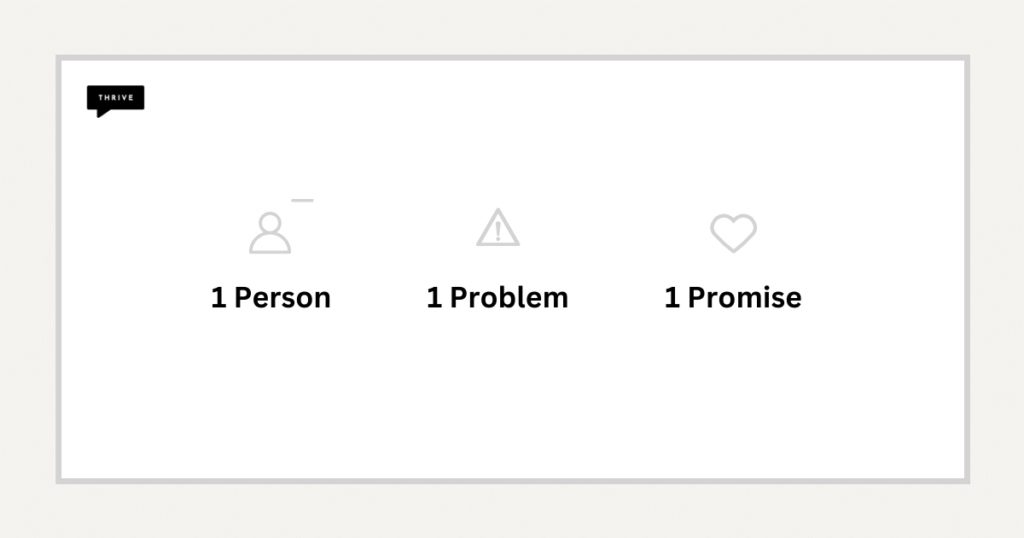In the vast landscape of potential customers, it’s easy to feel overwhelmed. You may have a product or service that could benefit everyone, but trying to reach everyone can lead to wasted time, money, and energy.
So, how do you navigate through the noise and find the right audience for your business?
Let’s dive into some practical steps to identify and attract your ideal customer audience.
Why Identifying Your Ideal Customer Matters
Knowing your ideal customer is crucial for several reasons:
- Efficiency: When you understand who your ideal customer is, you can direct your efforts towards those who are most likely to engage with your business, saving you time and resources.
- Relationship Building: Tailoring your message to resonate with your ideal customer helps in building stronger relationships and establishes you as an authority in your field.
- Improved Conversions: By targeting the right audience with the right message, you increase the likelihood of converting leads into paying customers.
Step 1: Define Your Ideal Customer
The first step is to narrow down your focus. Remember the mantra: “1 person, 1 problem, 1 promise.” Identify a specific demographic or niche that you want to serve. For example, dentists who struggle with acquiring new customers due to limited marketing knowledge.
Step 2: Identify Their Pain Points
Understanding the challenges and pain points of your ideal customer is key to providing value. Conduct market research, surveys, or engage in conversations to gain insights into what keeps them up at night.
Step 3: Craft Your Unique Value Proposition (UVP)
Once you know your audience’s pain points, tailor your message to address their needs directly. Create a clear and compelling promise that highlights how your product or service solves their problem uniquely.
Step 4: Engage and Offer Solutions
Now that you have a clear understanding of your ideal customer and their pain points, it’s time to engage with them. Utilise social media, networking events, or online forums to connect with your target audience. Offer valuable insights, solutions, and assistance without expecting immediate returns.
Step 5: Iterate and Refine
As you engage with your audience and receive feedback, be prepared to iterate and refine your approach. Continuously monitor the effectiveness of your messaging and adjust accordingly to better resonate with your ideal customer.

Identifying and attracting your ideal customer audience is a journey that requires patience, diligence, and a deep understanding of your target market. By focusing on serving a specific demographic, addressing their pain points, and delivering value through your unique value proposition, you can build meaningful relationships and drive conversions for your business.
Remember, it’s not about reaching everyone; it’s about connecting with the right ones.




